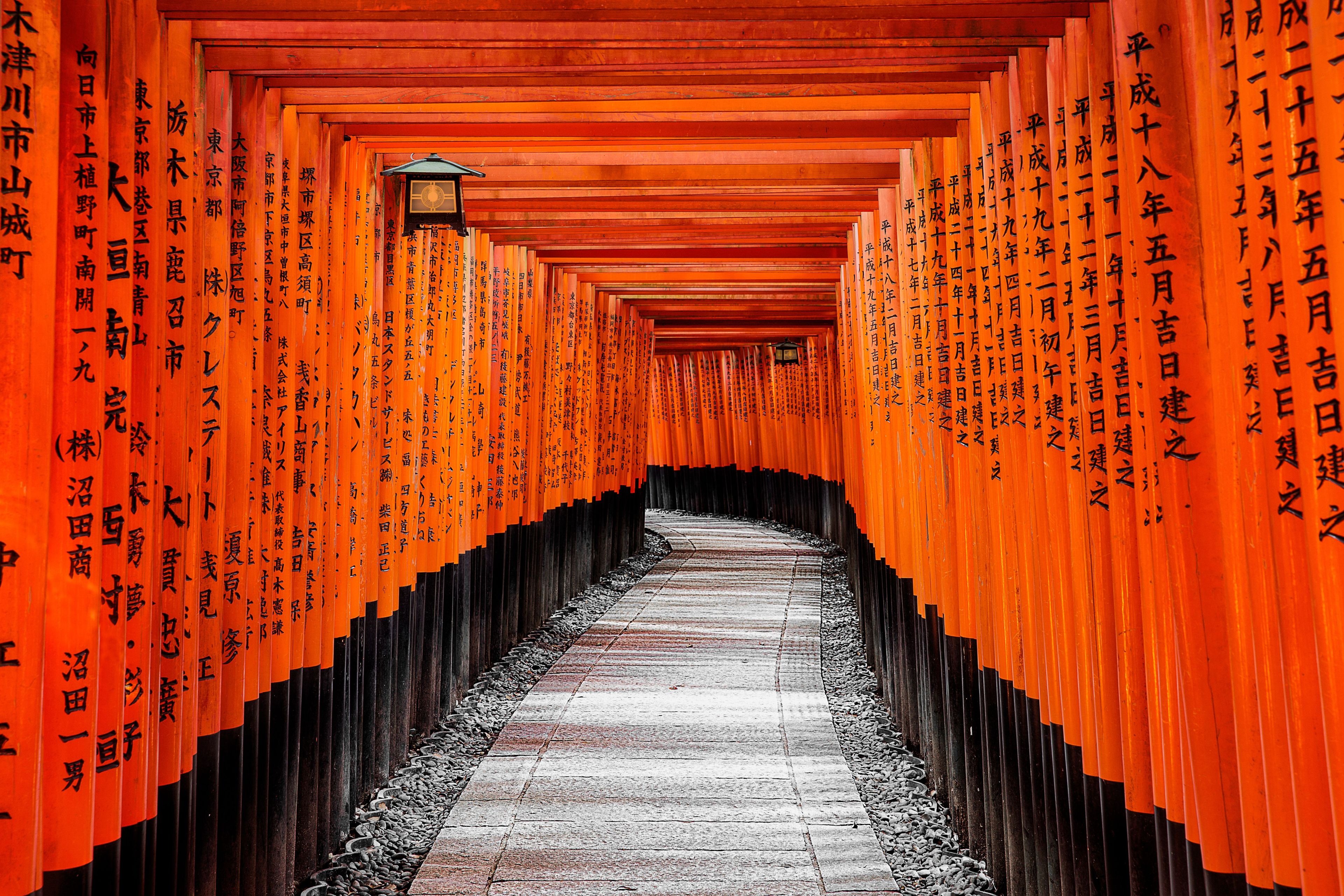Rohan Mehra

It's hard to find an article about social or economic matters in Japan that doesn’t draw attention to its now infamous aging population. And this one is no different. The country’s declining birthrate reduces domestic enrolment in universities, so the tertiary education sector must innovate in order to remain competitive, with mergers being one option.
According to Yushi Inaba, an Associate Professor of Management at the International Christian University, the proportion of the population at enrolment age halved over the last quarter century. In a 2020 paper, Inaba puts mergers as one of five key ‘survival strategies’ common to Japanese universities and, of around 30 that took place between 2002 and 2013, identified downsizing, expansion, and restructuring and diversification as the three main strategic goals behind them.
Downsizing can be seen as a cost saving measure from the perspective of the university or it’s governing body. Just a few years ago, two public universities in Osaka merged at the request of their respective governing authorities. Osaka Prefecture University (OPU), owned by the prefectural government, and Osaka City University (OCU), owned by the City of Osaka, became Osaka Metropolitan University (OMU).
“The main reason was cost reduction, by means of reducing administrative and capital overheads, and areas of overlap. Around 10 years ago, the Japan Innovation Party running both the city and prefecture thought they didn’t need two separate universities, so chose to merge them,” says Professor Masahide Takahashi, Vice Dean of the School of Engineering and advisor to the president.
“At first, both universities rejected the idea, each is very independent and has their own unique culture and history, but we had no choice. So as discussions began, we had to find advantages to the situation, and officially merged three years ago.”
Thanks to the merger, OMU is now the biggest public university in Japan, and third biggest among the national and public universities. This increase in size was one of the selling points the committee in charge used to appease some of the stronger dissenting voices amongst the faculty. As OPU and OCU specialised differently, OPU on agriculture and veterinary sciences and OCU on medicine, natural sciences and humanities, some areas merged with relative ease. However, both universities had strong engineering faculties with large facilities across Osaka, but the merger demanded unity.
Read the full article on QS Insights Magazine.